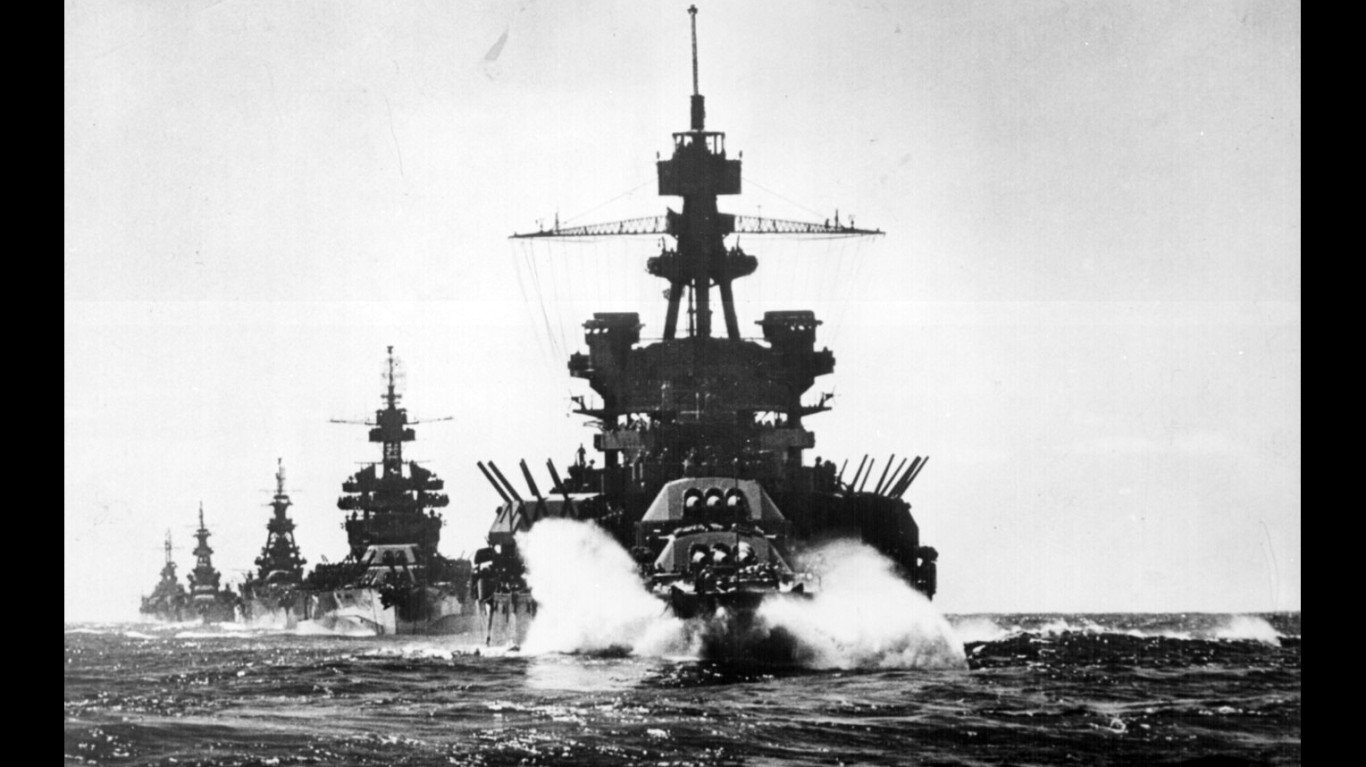The U.S. has remained embroiled in nearly nonstop military conflict since the September 11th terrorist attacks of 2001. In addition to direct combat operations in Libya, Syria, Iraq, parts of Africa and elsewhere, the War in Afghanistan dragged on over two decades until finally concluding with American troop withdrawal almost three years ago.
Yet despite their longevity, current wartime engagements pale against the most seminal clashes in American military chronicles. Few modern battles match the historical gravity of watershed showdowns like 1945’s month-long Battle of Iwo Jima, where 7,000 U.S Marines perished and 20,000 endured wounds to capture the Pacific island. (These are the deadliest battles in U.S. history.)
24/7 Tempo reviewed historical sources like the American Battlefield Trust and Encyclopedia Britannica to determine the most famous battles in American war history. Selected were five battles from the Revolutionary War, the Civil War, and two World Wars based on their scope and strategic importance to the wars overall. Battles are listed in chronological order.
As one of America’s formative military struggles, the Revolutionary War proved a crucible that birthed the nation. Dragging on six grueling years, the protracted conflict pushed Continental and British forces to the edge. Key personalities emerged from the famous battles too, etching names like Paul Revere, Benedict Arnold, and George Washington into US historical legend.
Merely decades after finally securing its hard-won independence, America imploded into civil war in the 1860s. The resulting intrastate conflict cost over 600,000 lives – nearly 2% of the entire US population at the time. However, it finally brought emancipation to the 3.9 million enslaved African Americans brutalized by southern plantations. Turning point battles like Bull Run, Gettysburg, and Antietam also proved instrumental in ultimately preserving the Republic.
The most famous battles of World War I did not involve U.S. troops, although a few key battles (as well as the constant attacks by the Germans against U.S. merchant vessels) encouraged President Woodrow Wilson and Congress to declare war on the German Empire in 1917, delivering American troops to blood-stained European soil to help the Allies beat the Kaiserreich.
America’s greatest moment in military history came with World War II. This Second World War had stunning but costly victories on two global fronts. (Click here to read why more Americans were killed in World War II than in any other war.)
Here are the most significant battles of America’s four largest wars:
1. Battles of Lexington and Concord
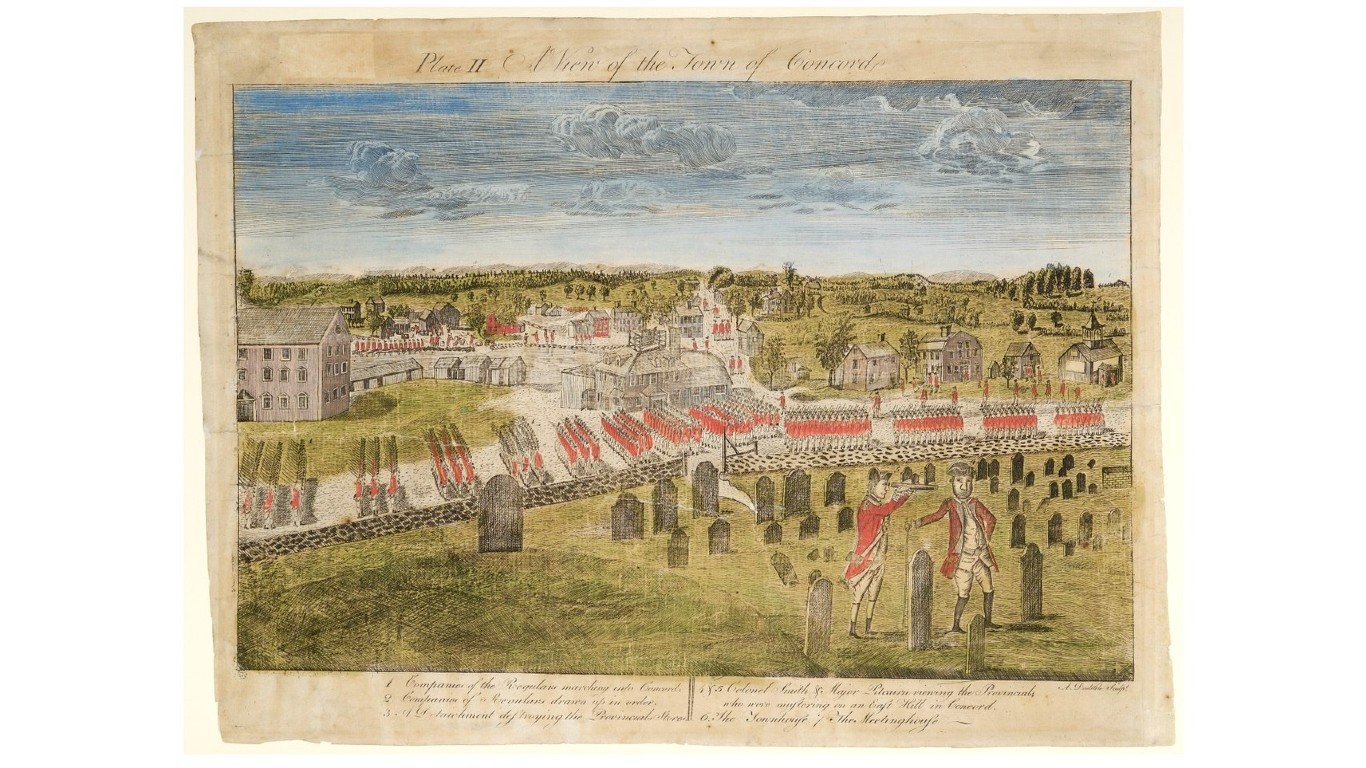
- Date: Apr. 19, 1775
The first battle of the American Revolution was fought after British forces attempted to seize weapons and gunpowder in Lexington and Concord, Massachusetts, amid rising unrest caused by the iron-fisted policies of Massachusetts Royal Governor General Sir Thomas Gage. The battle pitted 1,500 British troops against 3,960 colonists, who emerged victorious with 93 casualties to the 300 for the British troops.
2. Battle of Bunker Hill
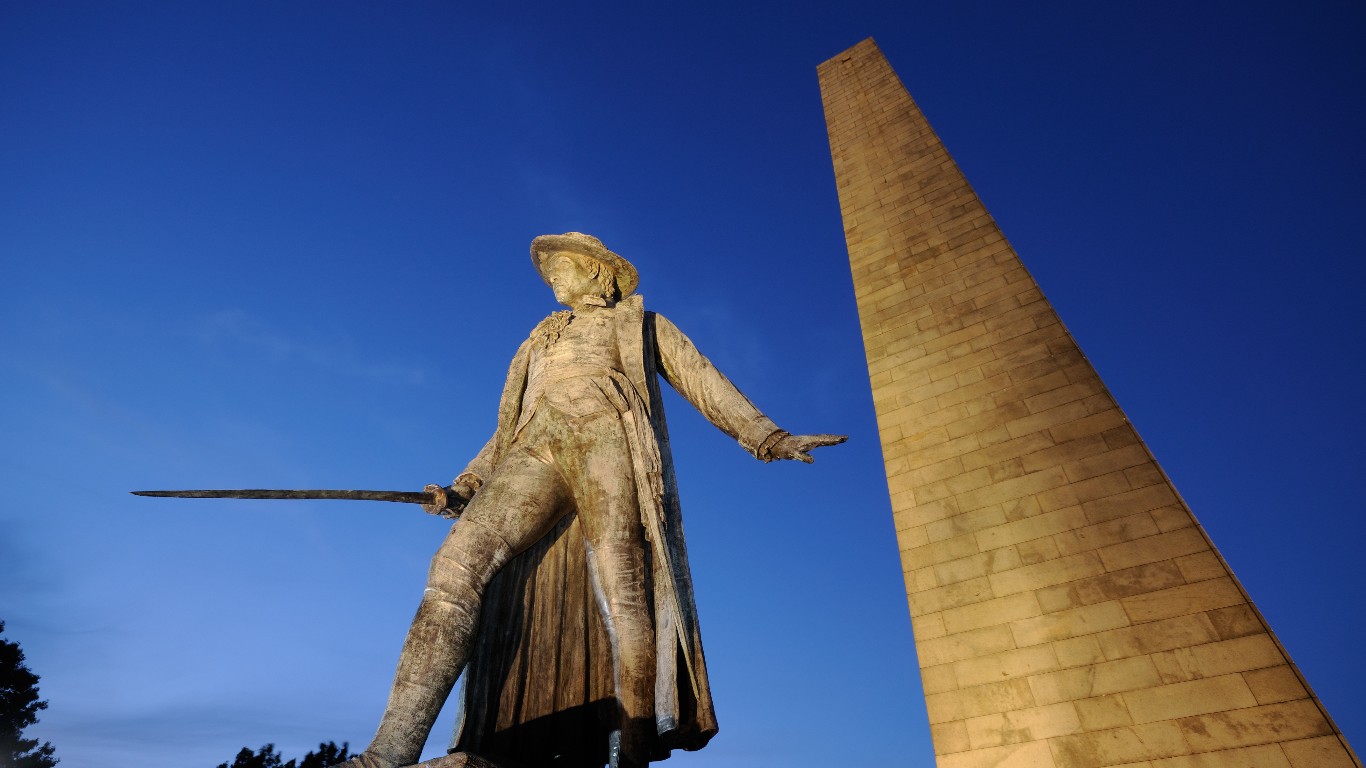
- Date: June 17, 1775
British troops regrouped in Boston after their defeat in Lexington and Concord, where they began planning a two-front attack against militias in the north and south of the city. But the Americans caught wind of the plot. Some 1,000 militia members from across New England joined 1,400 local fighters (including some enslaved and freed African Americans) in a battle against 3,000 British troops. Though the Americans lost, the victory was costly for Britain, which sustained 1,054 casualties compared to the Americans’ 450.
3. Battle of Trenton
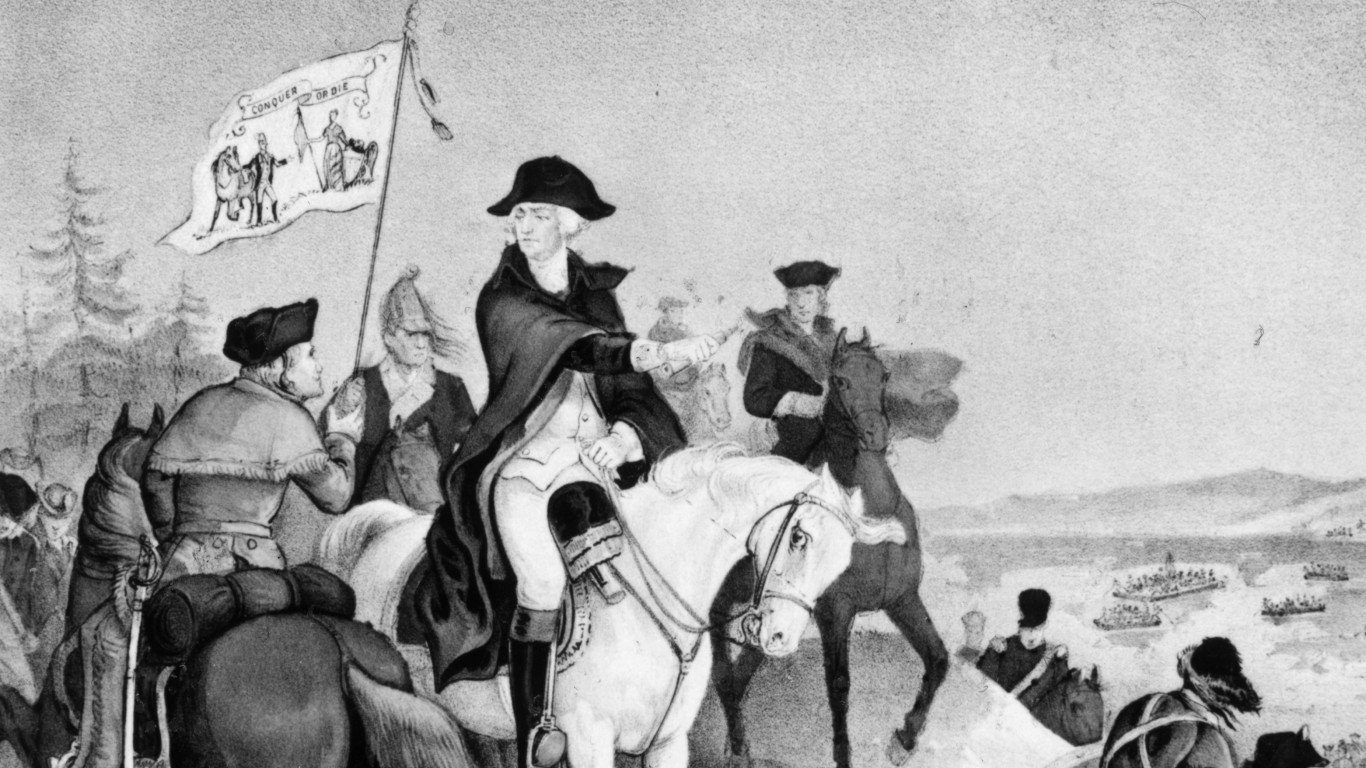
- Date: Dec. 26, 1776
The Battle of Trenton is enshrined in Emanuel Leutze’s 1851 romantic painting depicting Gen. George Washington and his troops crossing an icy Delaware River during a storm. Washington’s troops handily defeated Hessian (Germanic) mercenaries fighting on behalf of Britain, opening the way for another victory in nearby Princeton a week later. Americans sustained only five casualties (and no fatalities) compared to 905 casualties for the British, including 800 missing or captured.
4. Battle of Saratoga
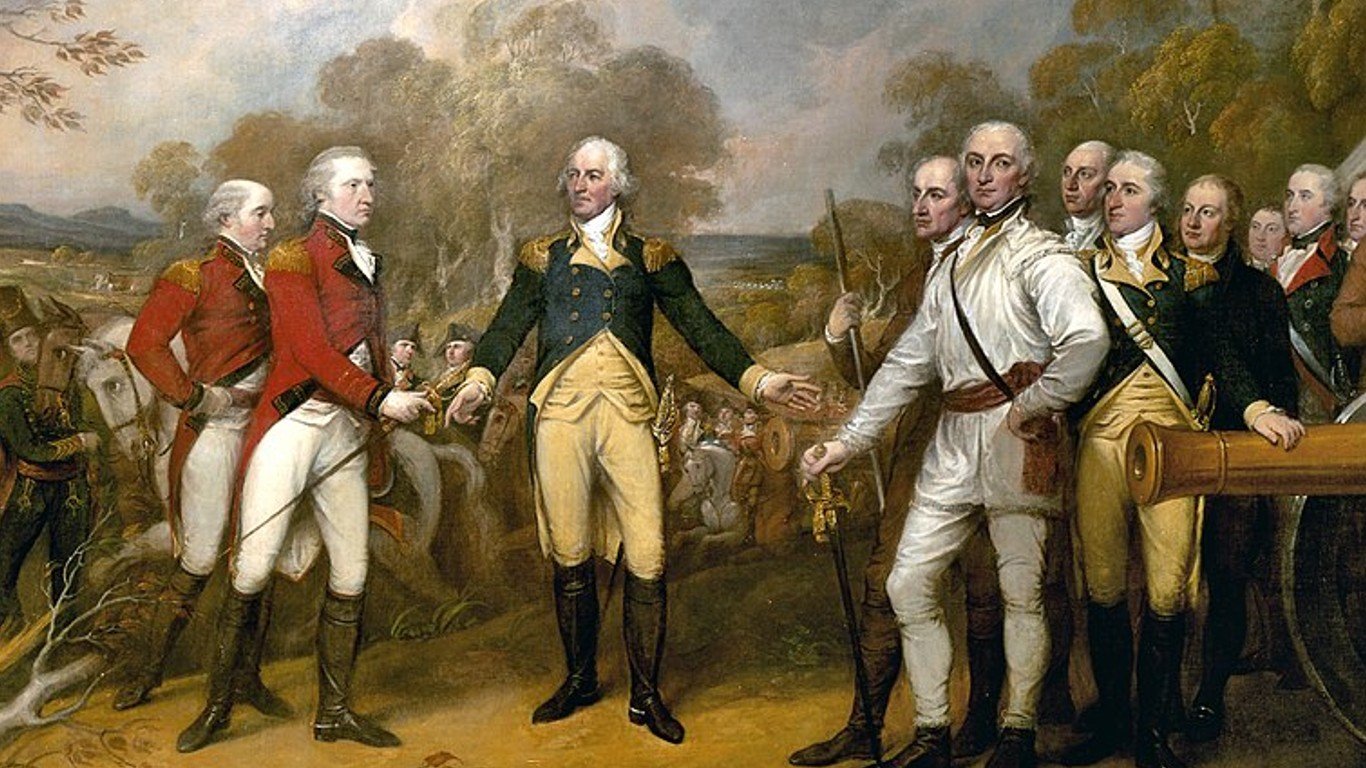
- Date: Oct. 7 – 17, 1777
15,000 Americans were pitted against 6,000 British troops during the Battle of Saratoga in upstate New York which marked a turning point in the Revolutionary War. The British lost control of the Hudson River Valley, a critical route for the British Army as it attempted to meet up with fellow soldiers coming south from Canada. The Americans sustained 330 casualties compared to 1,135 for the British forces. The victory convinced French King Louis XVI that the Americans could hold their own, persuading him to provide financial and military support to the revolutionaries.
5. Siege of Yorktown
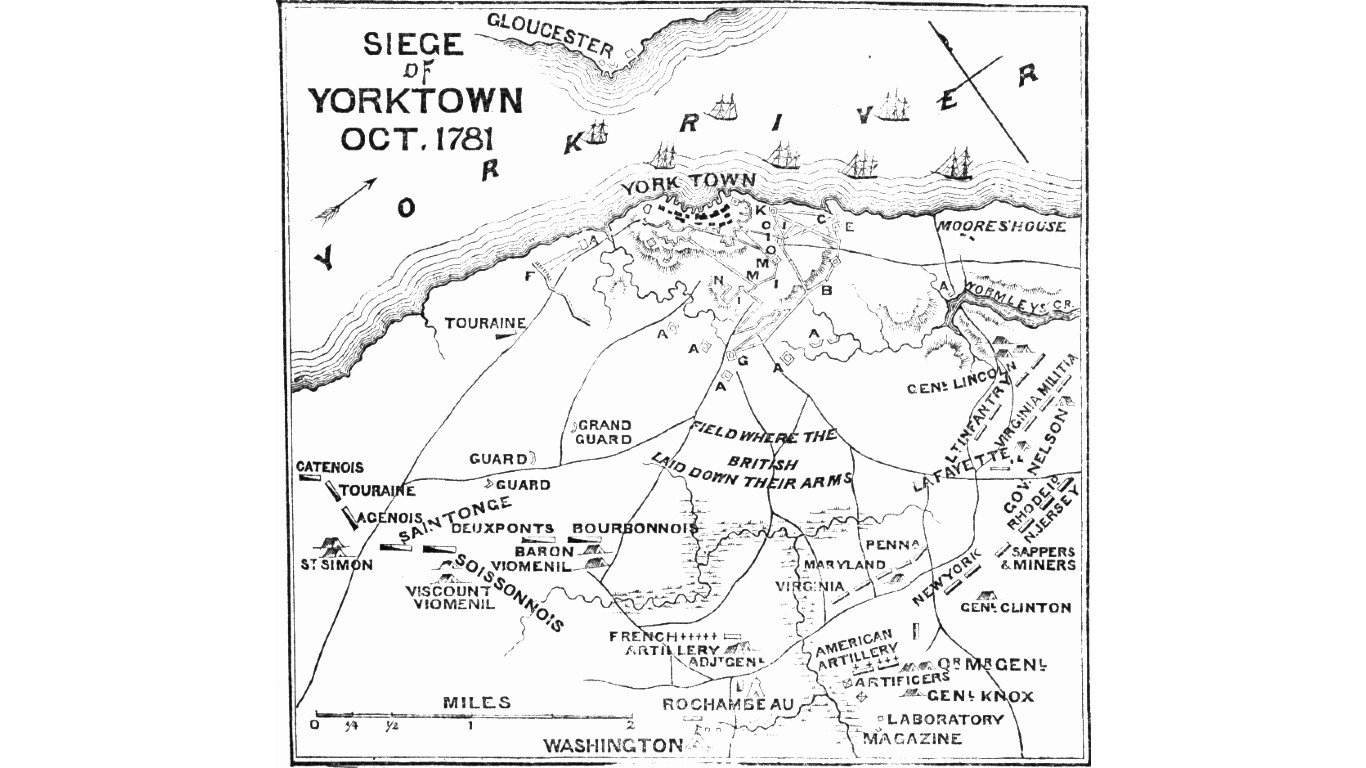
- Date: Sep. 28 – Oct. 19, 1781
After six years of war, and with French backing assured following the Continental Army’s victory in Saratoga, Gen. George Washington and French ally Lt. Gen. Comte de Rochambeau pivoted nearly 20,000 troops to a 9,000-troop British garrison at Yorktown, Virginia, hundreds of miles to the south. After three weeks of brutal fighting, the British surrendered in the last major battle of the American Revolution. The Treaty of Paris was signed in 1783, marking the war’s official end.
1. Battle of Fort Sumter
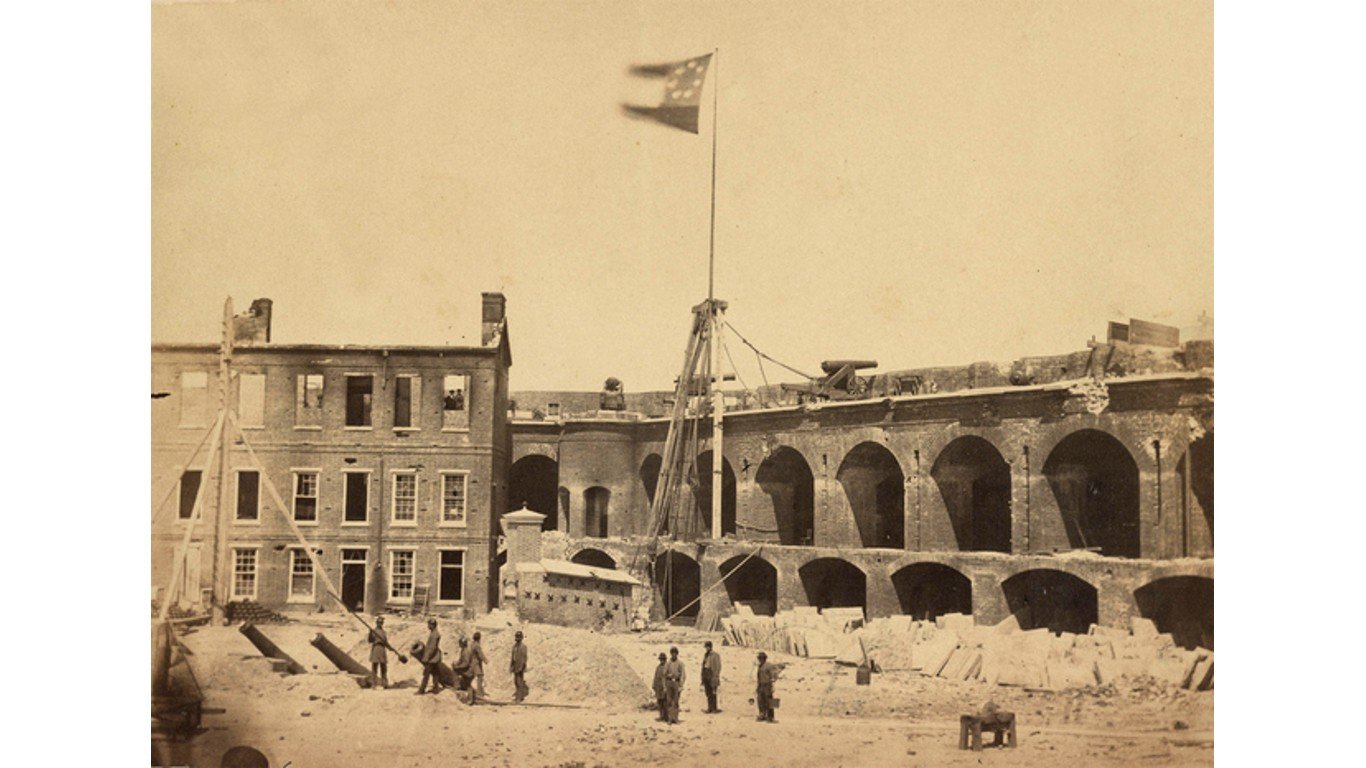
- Date: Apr. 12 – 14, 1861
The South began appropriating U.S. forts and other Federal properties within its territory shortly after forming the Confederate States of America. This culminated in the first battle of the Civil War at Fort Sumter, one of three forts guarding the important port of Charleston, South Carolina. Despite initial shelling by Confederate forces and infrequent replies from the fort, there were no casualties in the first battle of the Civil War. The 90 Union forces at the fort were allowed to evacuate to New York. However, the relatively nonviolent start to the Civil War would quickly escalate into carnage.
2. Battle of Antietam
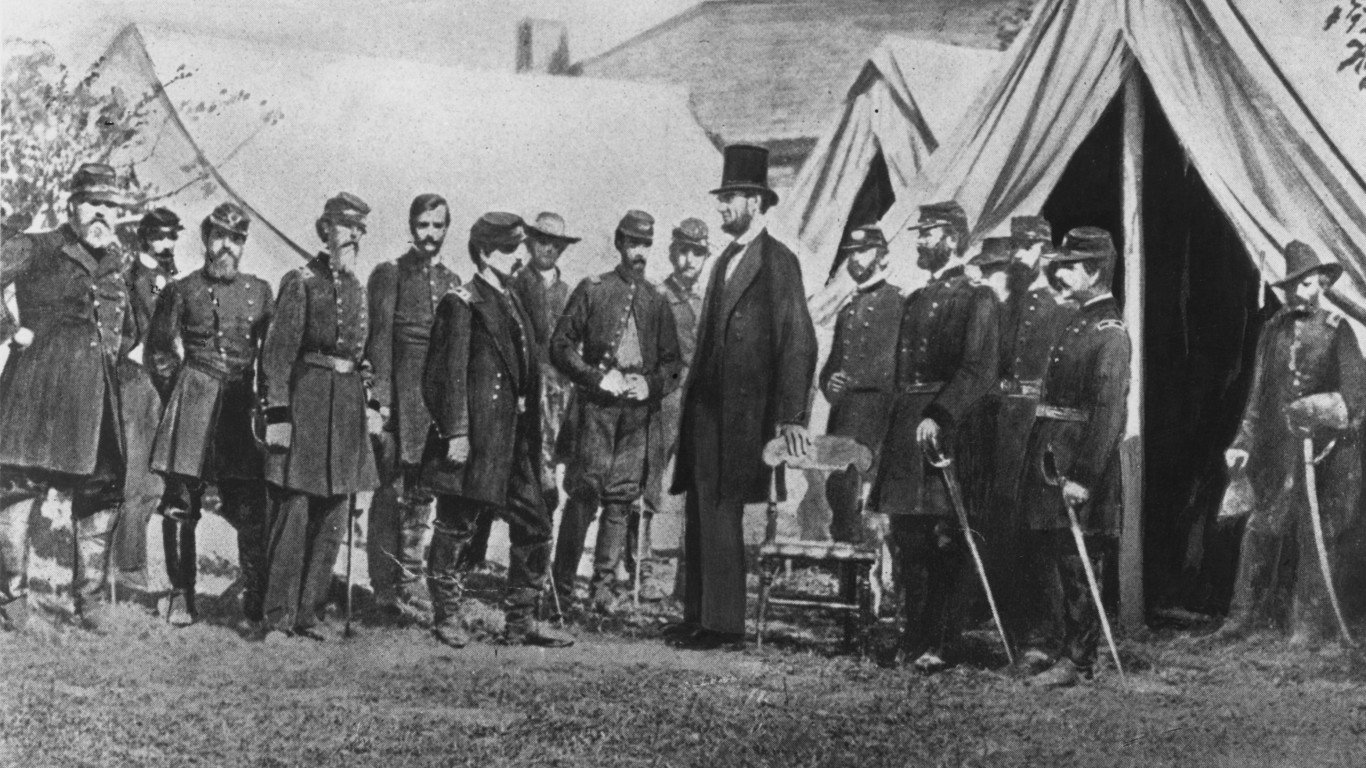
- Date: Sept. 17, 1862
One of the deadliest one-day battles in U.S. military history was the Battle of Antietam, near Sharpsburg, Maryland. Confederate Gen. Robert E. Lee committed his entire army of 45,000 troops to invade Maryland, while Union Gen. George B. McClellan sent in less than three-quarters of his troops. Though Lee was outmatched two-to-one, the battle that claimed 12,401 casualties for the North and 10,316 for the South (killing a total of 3,654 soldiers) ended as a tactical draw.
3. Battle of Vicksburg
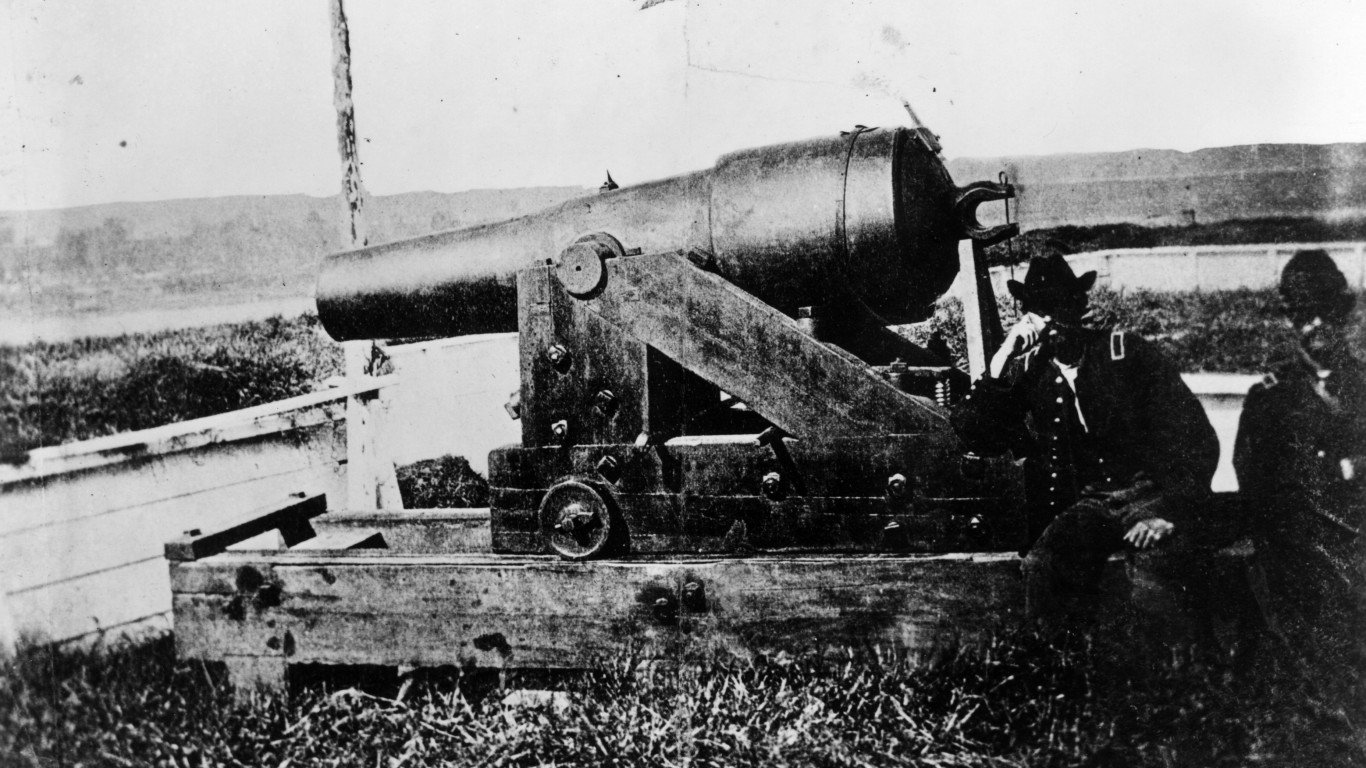
- Date: May 18 – July 4, 1863
Both sides of the Civil War coveted Vicksburg’s strategic position on the Mississippi River. After a 47-day siege, the Union Army emerged victorious, giving the North control of the important waterway that ran through the South. Some 77,000 Union troops fought against 33,000 Confederate soldiers. The Union sustained nearly 5,000 casualties, including 806 killed, but nearly all of the Confederate soldiers were captured or went missing, and 805 were killed.
4. Battle of Gettysburg
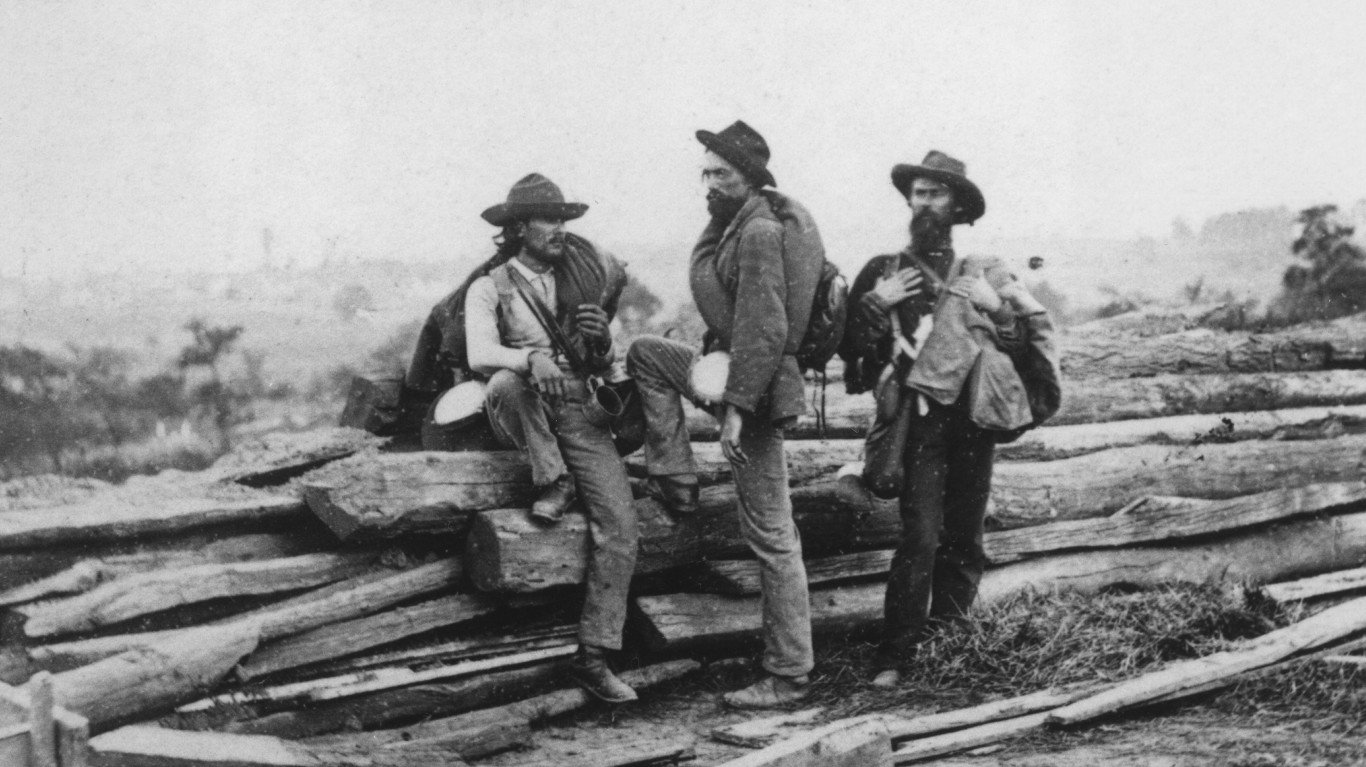
- Date: July 1 – 3, 1863
The bloodiest battle of the American Civil War was a turning point for the Union, which once again beat Gen. Robert E. Lee’s attempt to invade the North, his second. Losing this battle dashed Southern hopes of becoming a pro-slavery independent nation. The battle pitted 93,921 Union troops under Gen. George G. Meade against Lee’s 71,699 forces. Both forces sustained more than 51,000 casualties, including more than 7,000 killed and more than 33,000 wounded.
5. Battle of Atlanta
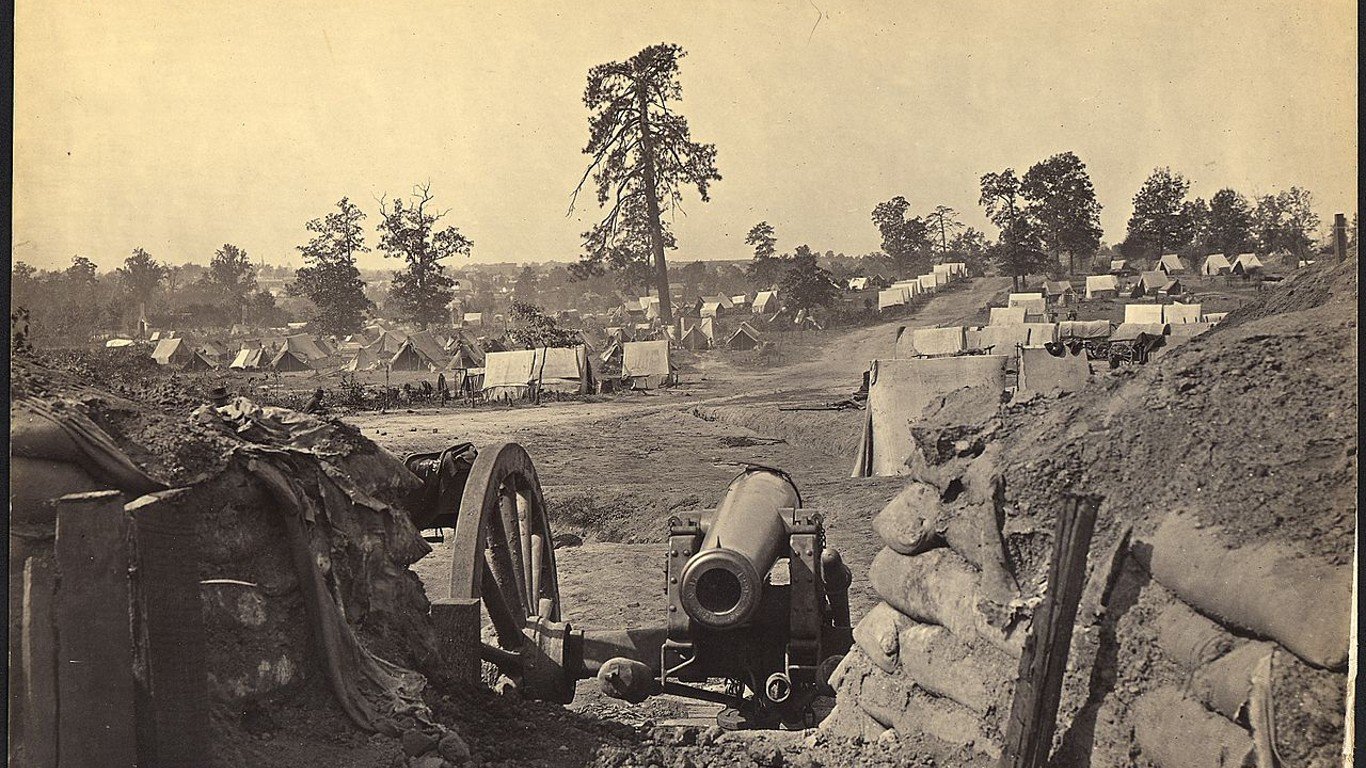
- Date: July 22, 1864.
Gen. Ulysses S. Grant ordered five simultaneous offenses to deal a final blow to the South in the spring of 1864. Grant gave the task of taking Atlanta to Maj. Gen. William T. Sherman to bend the knee of this vital industrial and logistical center that connected Confederate troops east of the Mississippi River. The Confederate loss of Atlanta boosted Northern morale and assured President Abraham Lincoln’s reelection.
1. Battle of Gallipoli
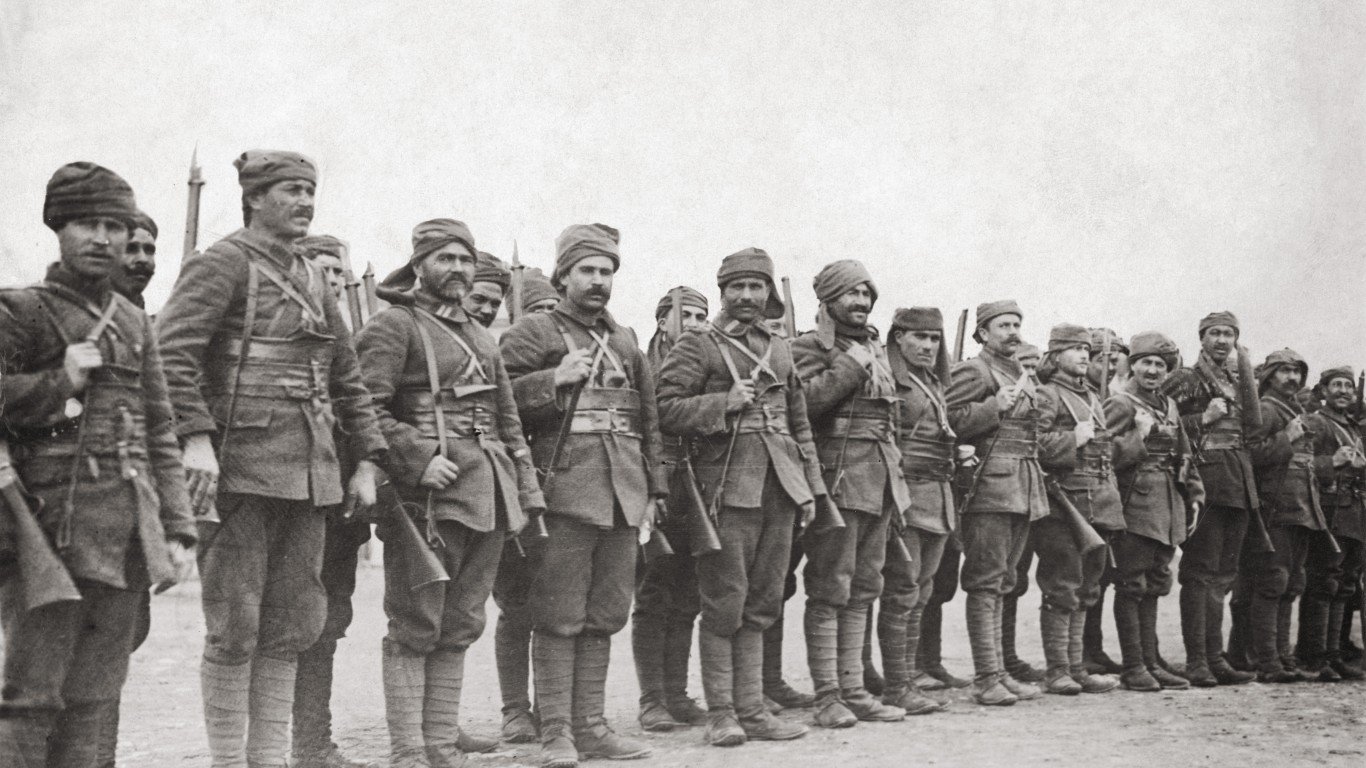
- Date: Apr. 25, 1915 – Jan. 9, 1916
The Gallipoli campaign was aimed at knocking the Ottomans out of World War I by allowing Allied ships to pass through the key waterway of the Dardanelles to capture Constantinople. However, the Allies underestimated the Ottomans, and neither the British nor the forces of Australia and New Zealand were able to advance in brutal trench warfare that lasted months. The retreat helped encourage the U.S. to enter the war in the following year.
2. Battle of Verdun
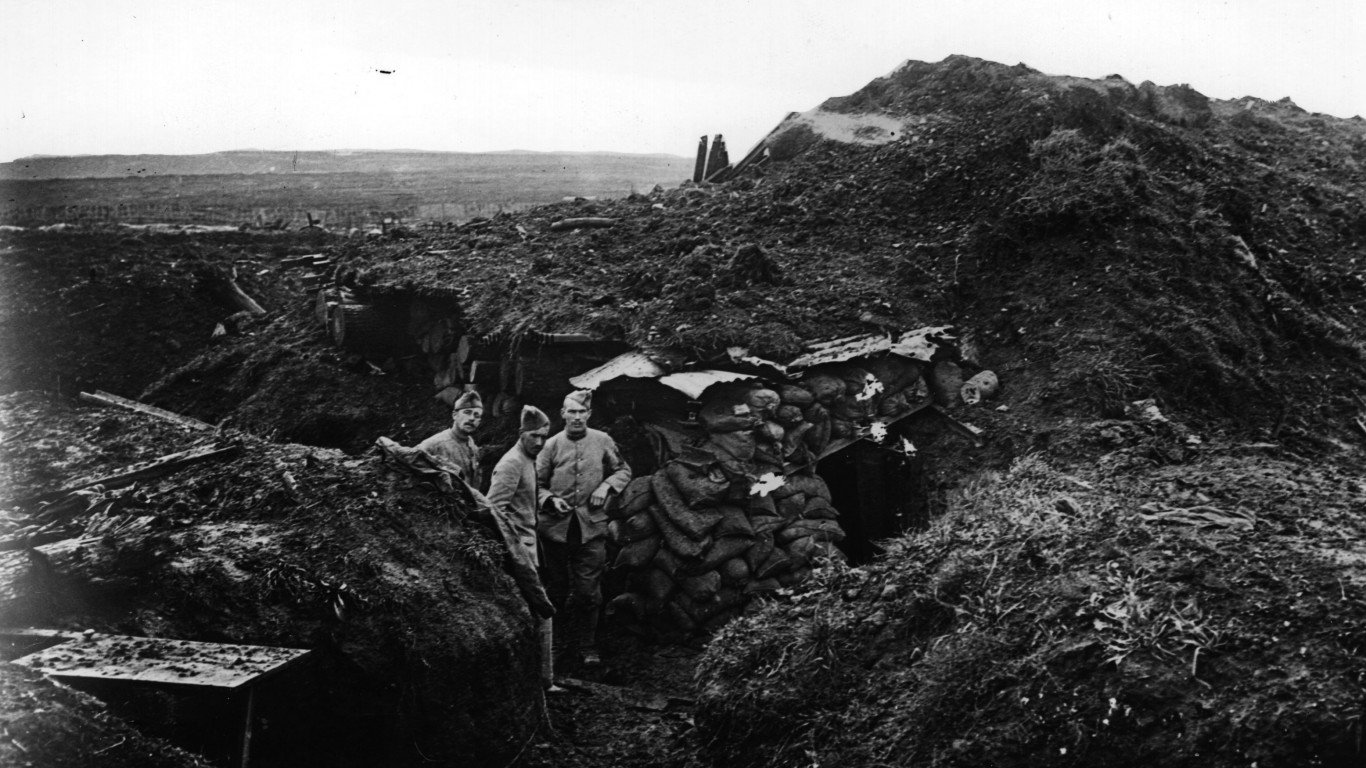
- Date: Feb. 21, – Dec. 18, 1916
The longest battle of the First World War was marked by horrific trench warfare and the first use of chemical weapons, along with new artillery, tank, and aircraft technologies. The French were forced to pull back from the German offense, but the Germans were also forced to redirect resources at the British and Russians who had launched their own offenses. The U.S. had not yet declared war, but watching the French get pummeled helped cinch the decision to declare war on the German Empire in 1917.
3. Battle of Jutland

- Date: May 31 – June 1, 1916
The largest naval battle of the First World War saw the British assert their naval dominance and gain control of vital shipping channels. The Germans ceded control of the North Sea to the British. Before this Allied victory, U.S. merchant ships were being attacked as they tried to break attempts by Germany to isolate Britain. Those attacks, coupled with Britain’s ability to assert naval dominance played a role in the U.S. about-face decision to declare war on the German Empire in 1917.
4. Battle of the Somme
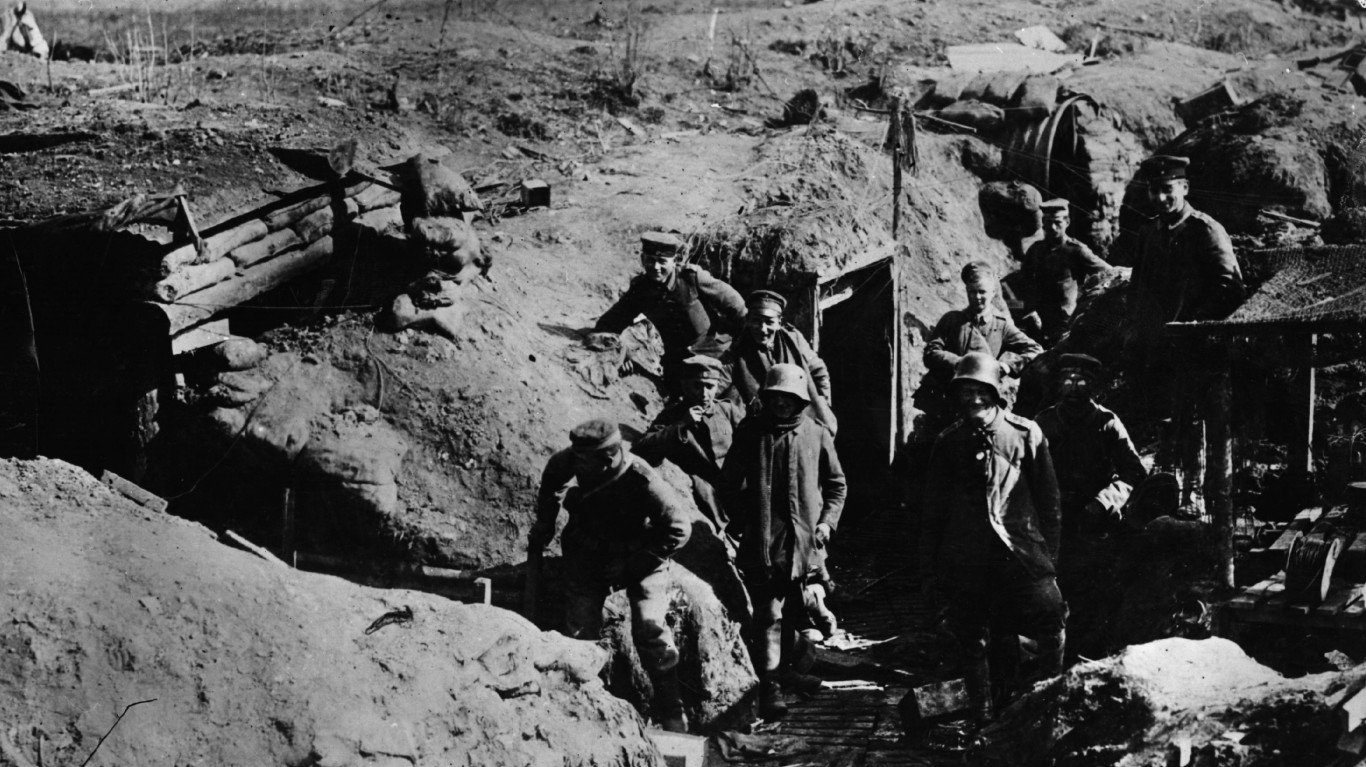
- Date: July 1 – Nov. 18, 1916
The most vicious arena of battle during World War I was the Western Front, and one viewed as essential in defeating the Germans and ending the conflict. The battle took place over 141 days, in which the British and French were only able to advance 7 miles. More than a million soldiers died in the Battle of the Somme. Five months after the end of the battle, the U.S. declared war on Germany.
5. Second Battle of the Marne
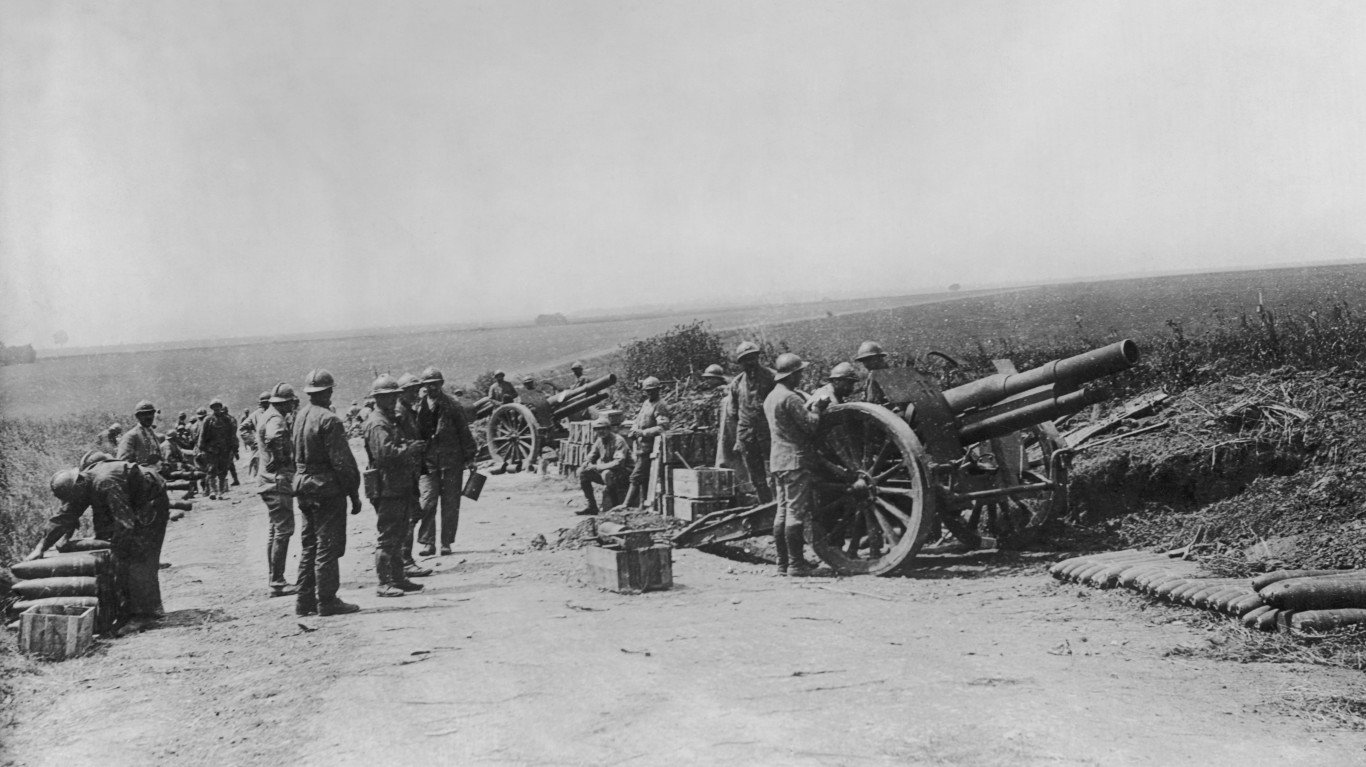
- Date: July 15 – 18, 1918
In early 1918, the Germans had rolled through northern France and were within 50 miles of Paris. The U.S. had finally committed troops to the war, and France greeted them with parades as well as concern about newbie soldiers, some arriving without weapons, and going up against battle-hardened German troops. But the Americans proved their worth in the Second Battle of the Marne that beat the Germans back and helped win World War I.
1. Battle of Midway
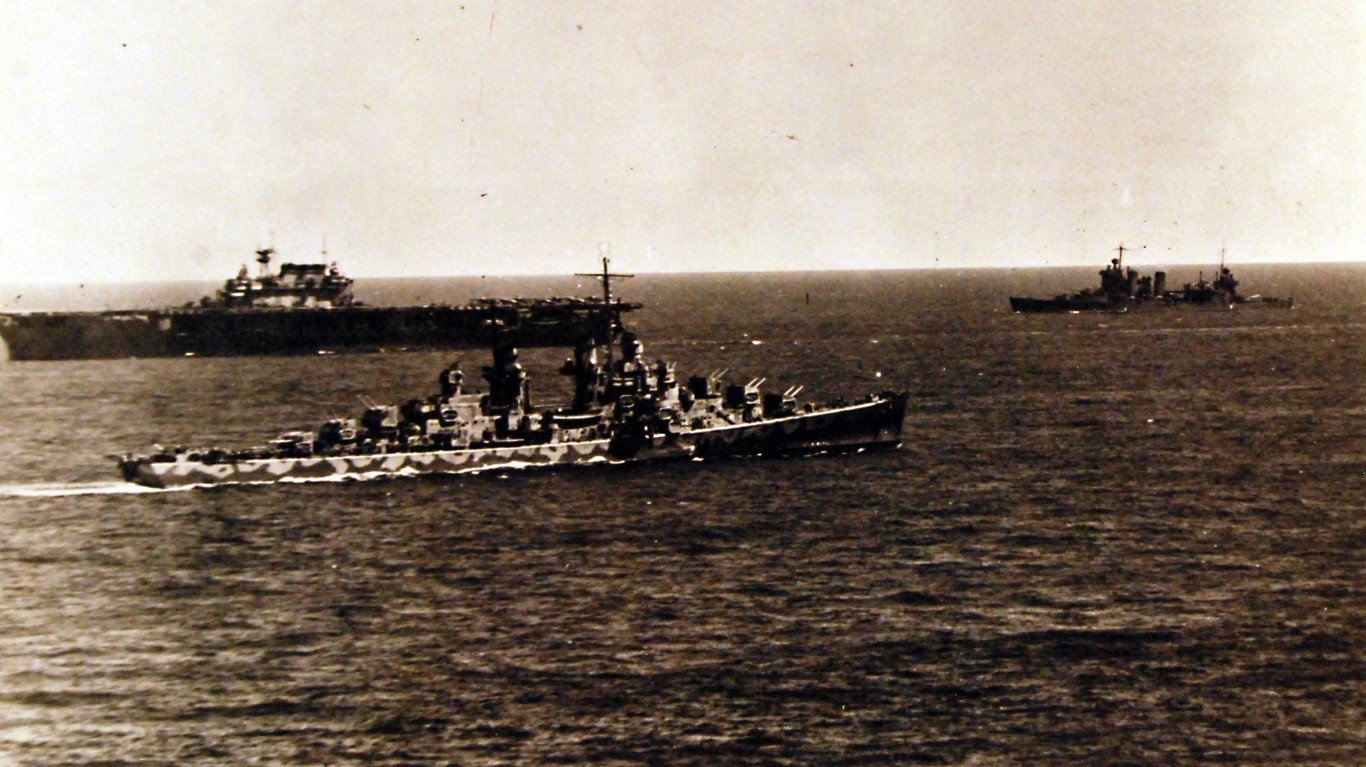
- Date: June 3 – 6, 1942
Six months after the devastating surprise attack on Pearl Harbor that brought the U.S. into World War II, the U.S. successfully beat back an attack from the Imperial Japanese Navy north of the Midway Atoll. The victory came after American codebreakers determined the date and location of the attack, allowing the U.S. to set up an ambush. The U.S. lost 362 men, 144 aircraft, a carrier, and a destroyer. Japan lost over 3,000 soldiers in addition to four aircraft carriers and hundreds of planes and was forced to retreat.
2. Operation Overlord
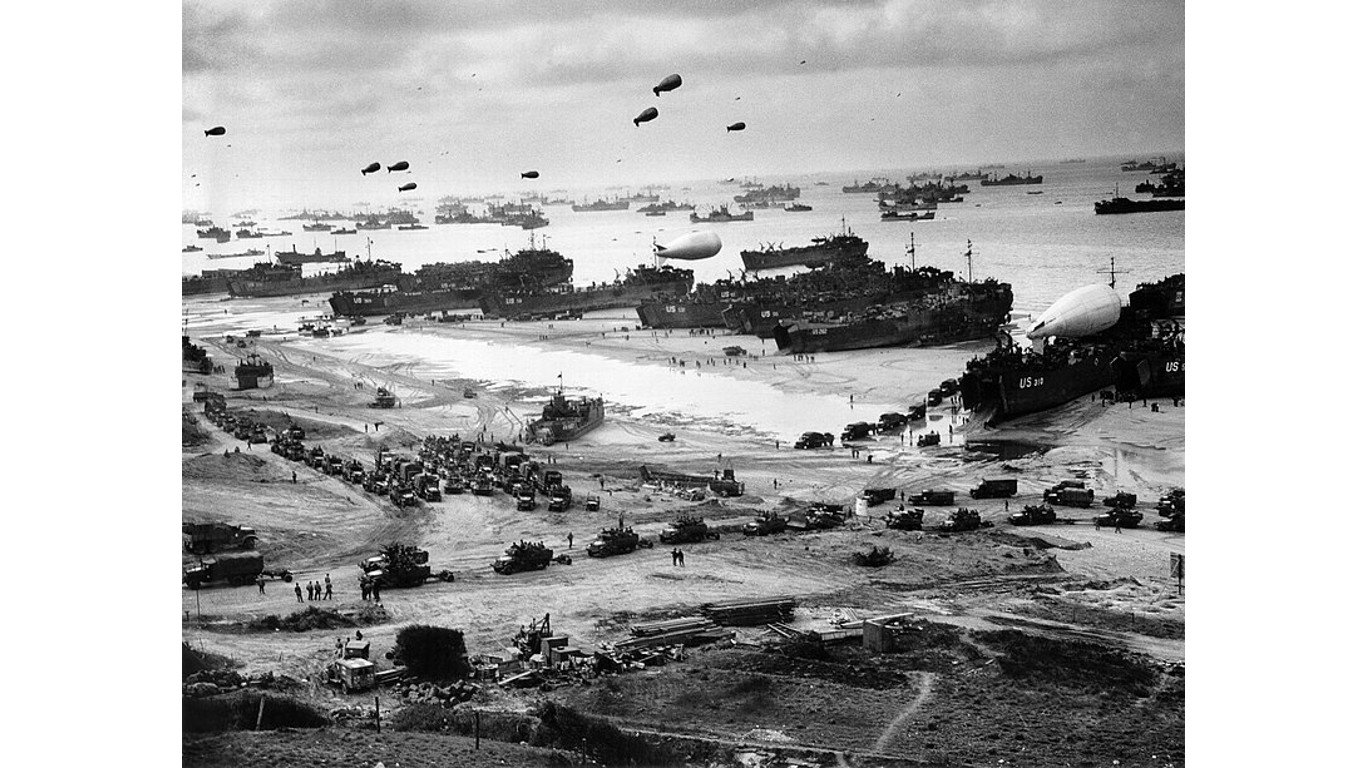
- Date: June 6, 1944
More commonly known as D-Day, the cross-channel invasion of Normandy involved 133,000 British, Canadian, and American troops, 7,000 vessels and landing craft, and 195,000 naval personnel from eight allied countries. The costly success of Operation Overlord would help to cement U.S.-European cooperation that remains to this day, notably through the creation of the North Atlantic Treaty Organization in 1949.
3. Battle of Luzon
- Date: Dec. 15, 1944 – July 4, 1945
The U.S. invaded the largest and most populated island in the Philippines to liberate the island from the Japanese. Forty-six years earlier, the U.S. had invaded and occupied the Philippines in its first military adventure outside of the country in the wake of the Spanish-American War. Relations that were soured by that first invasion improved by the American liberation. This led to a decades-long welcoming by most of the Philippines to U.S. naval and air force presence on this strategically located island nation.
4. Battle of the Bulge
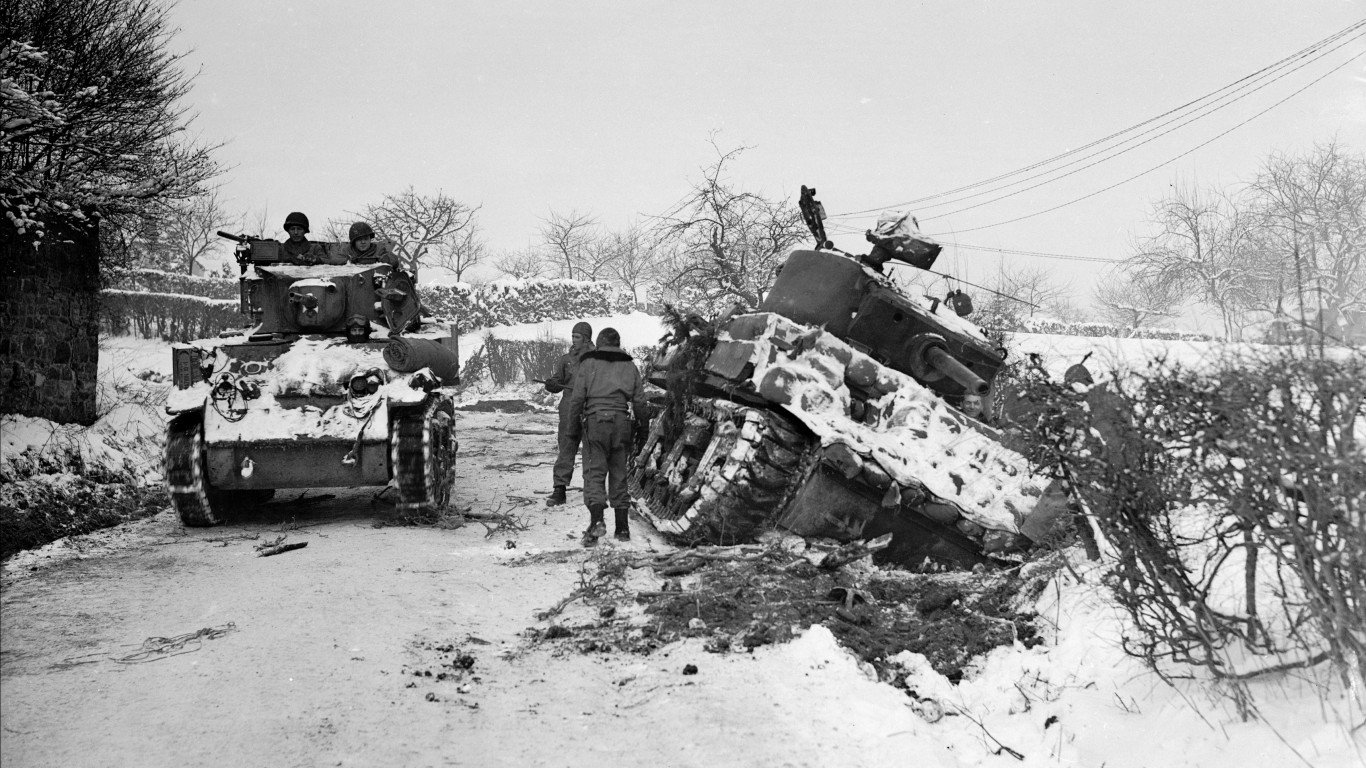
- Date: Dec. 16, 1944 – Jan. 16, 1945
The Germans launched a Hail Mary counteroffensive in late 1944 in an attempt to beat back Allied forces months after their D-Day victory. The Nazis had some initial success around the Ardennes Forest in Belgium and Luxembourg, punching through the middle of the American line (hence the term “Bulge”). But American soldiers kept control of vital road junctions long enough for Allied reinforcements to arrive, prompting British Prime Minister Winston Churchill to call it the “greatest American battle of the war.”
5. Battle of Iwo Jima
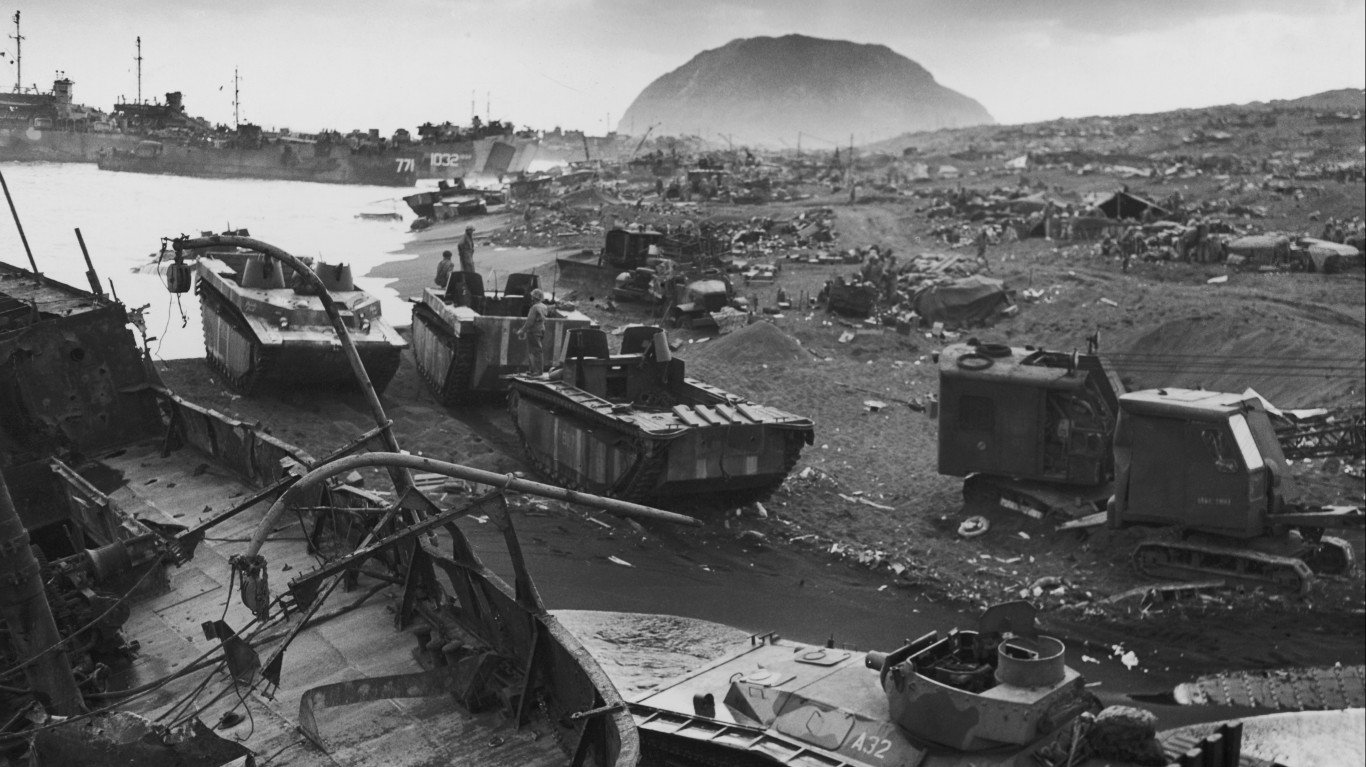
- Date: Feb. 19 – Mar. 26, 1945
In one of the greatest and costliest military victories of the U.S. Marine Corps, the Battle of Iwo Jima was fought in bunkers and tunnels dug into the island’s volcanic rock. Though the Japanese were vastly outnumbered, by more than three-to-one, their defense proved formidable. In thirty-six days of fighting, 7,000 Marines were killed and 20,000 were wounded, a staggering 39% of the total number of U.S. forces deployed on the island.

